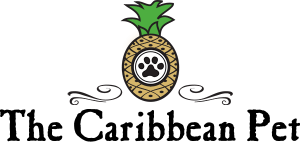- Languages: French and Creole (English and Spanish widely spoken)
- Currency: Haitian gourdes
- Temperature: Average 76-82°F year-round
- Square Miles: About 10,700 Approx.
- Population: 7 million
ABOUT. Haiti is on the western part of Hispaniola, the second largest island in the Greater Antilles. Haiti is the third largest country in the Caribbean behind Cuba and the Dominican Republic (the latter shares a 360-kilometre (224 mi) border with Haiti). Haiti at its closest point is about 45 nautical miles (83 km; 52 mi) away from Cuba and comprises the horseshoe-shape peninsula and because of this, it has a disproportionately long coastline and is second in length (1,771 km or 1,100 mi) in the Greater Antilles. Haiti shares the island of Hispaniola with the Dominican Republic, and the country is mountainous with the highest peak, Pic La Selle, at 8,770 feet.
Haiti’s regional, historical, and ethno-linguistic position is unique for several reasons. Originally inhabited by the indigenous Taíno people, the island was first discovered by Christopher Columbus during his first voyage across the Atlantic in 1492. When Columbus first landed in Haiti (western Hispaniola), he had thought he had found India or Asia. His flagship, the Santa Maria, sank after running aground on 25 December in the north coast of present-day Haiti.
On 12 January 2010, at 4:53pm local time, Haiti was struck by a magnitude 7.0 earthquake causing great devastation. Haiti is the world’s leading producer of vetiver, a root plant used to make luxury perfumes, essential oils and fragrances, providing for half the world’s supply. Half of all Haitians work in the agricultural sector. Haiti relies upon imports for nearly half its food needs. Haiti exports crops such as mangoes, cacao, coffee, papayas, mahogany nuts, spinach, and watercress.
Haiti is among the poorest countries in the West, but it is rich in culture.The country’s customs essentially are a blend of cultural beliefs that derived from the various ethnic groups that inhabited the island of Hispaniola. Haitian culture has a unique cultural identity consisting of a large blend of traditional customs of French and African, combined with Spanish and indigenous Taíno cultural influence.

